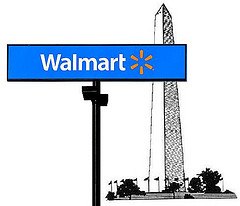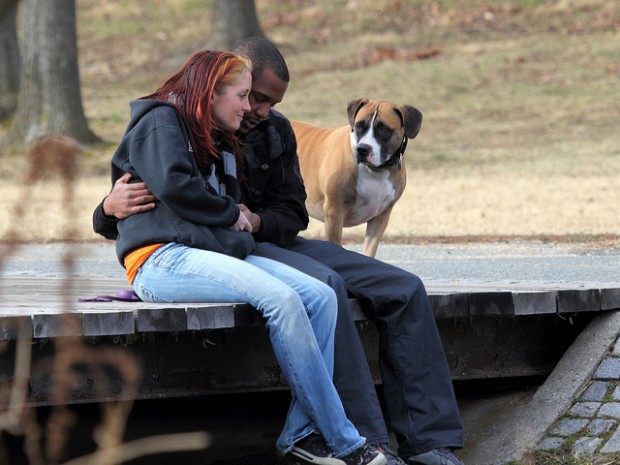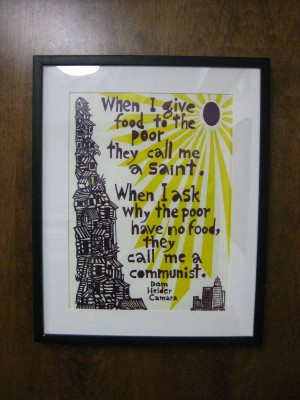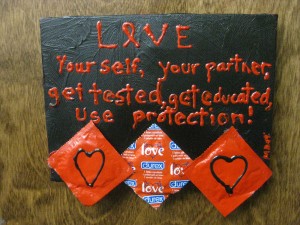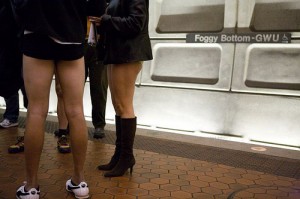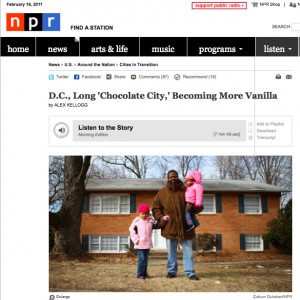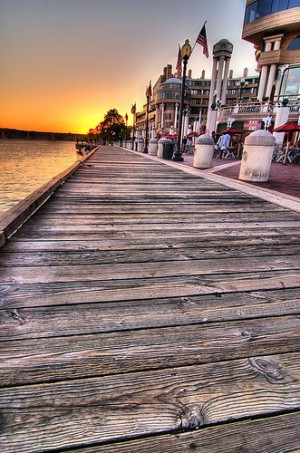While the Washington Times probes whether it’s a conflict of interest for Council member Yvette Alexander’s advisers to work as paid consultants for Wal-Mart, over at Colorlines, Juell Stewart examines Michelle Obama’s endorsement of the company.
In January, the first lady joined Wal-Mart executives in southeast D.C.—a traditionally black neighborhood in which the controversial chain recently announced plans to open stores—to announce the company’s effort to make its pre-packaged foods healthier and more affordable than less healthy options by 2015. Obama called it a “huge victory” that left her feeling “more hopeful than ever before.”…
Other critics say that by teaming up with corporate giants like Wal-Mart, the first lady risks undermining activism on other issues, like fair labor practices in communities of color that are increasingly dependent upon service sector jobs.
Cheap food isn’t always nutritious. Could Walmart make healthy food more affordable?
The “huge victory” Obama championed in the Wal-Mart announcement is creating viable choices for informed consumers. She and others have argued that communities can only win if there is cost parity between healthy food and the high-calorie snacks that contribute to obesity. “If you have a dollar menu item and a healthier salad that costs three times as much, it’s not a choice for people living on a limited income,” says Antronette K. Yancey, co-director of the UCLA Kaiser Permanente Center for Health Equity.



